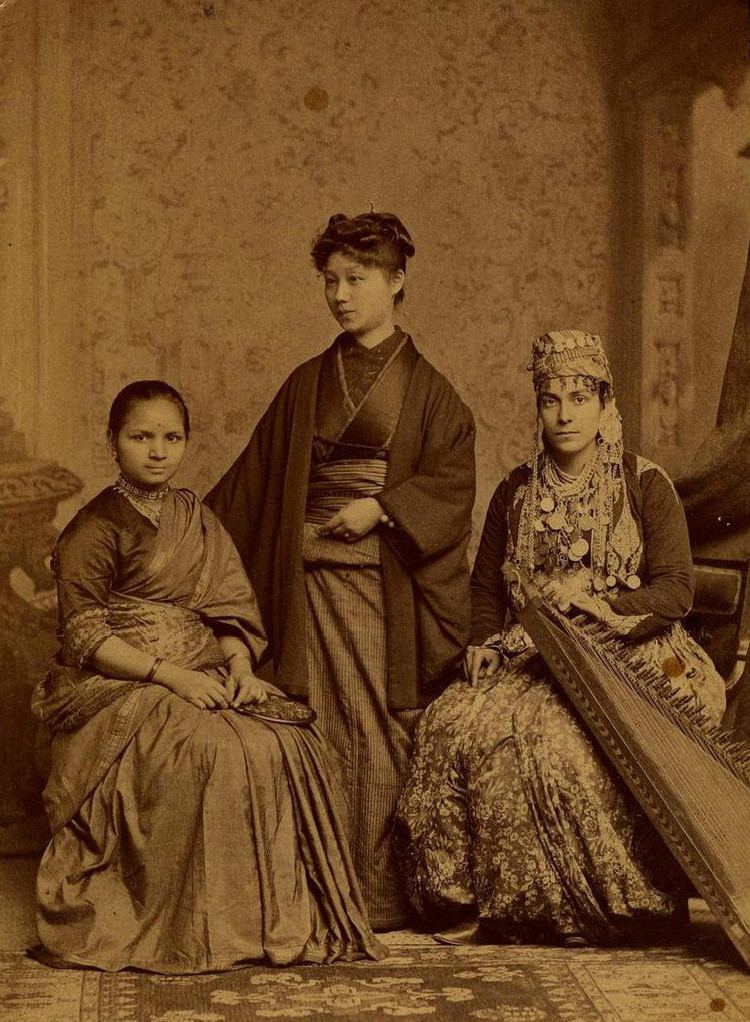 | ||
This is a timeline of women's education.
Contents
See also: Women's education in the United States17th century
1608
1636
1639
1644
1674
1678
18th century
1727
1732
1742
1751
1783
1786
1788
1800-1849
1803
1818
1822
1823
1826
1827
1829
1831
1834
1834
1837
1839
1841
1842
1844
1847
1849
1850–1874
1850
1852
1853
1854
1855
1857
1858
1859
1860
1861
1862
1863
1864
1865
1866
1866
1867
1868
1869
1870:
1871
1872:
1873:
1875–1899
1874:
1875:
1876:
1877:
1878:
1878:
1879:
1880:
1881:
1882:
1883:
1886:
1887:
1889:
1890:
1891:
1892:
1893:
1894:
1895:
1896:
1898:
1900–1939
1900:
1901:
1903:
1904:
1905:
1906:
1907:
1908:
1909:
1910:
1911:
1915:
1917:
1918:
1920:
1921:
1922:
1923:
1925:
1926:
1927:
1928:
1929:
1930:
1931:
1932:
1933:
1934:
1935:
1936:
1937:
1940–1969
1940:
1941:
1942:
1943:
1945:
1947:
1951:
1955:
1962:
1963:
1964:
1965:
1966:
1969:
1970–1999
1970:
1971:
1972:
1975:
1976:
1977:
1978:
1979:
1980:
1982:
1983:
1984:
1987:
1988:
1992:
1994:
1996:
21st century
2001:
2006:
2008–2009:
2011:
2013:
2016:
References
Timeline of women's education Wikipedia(Text) CC BY-SA
